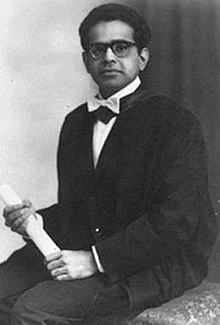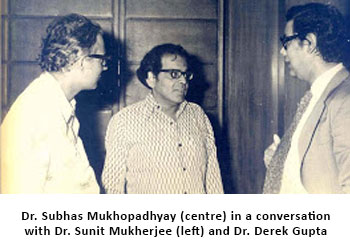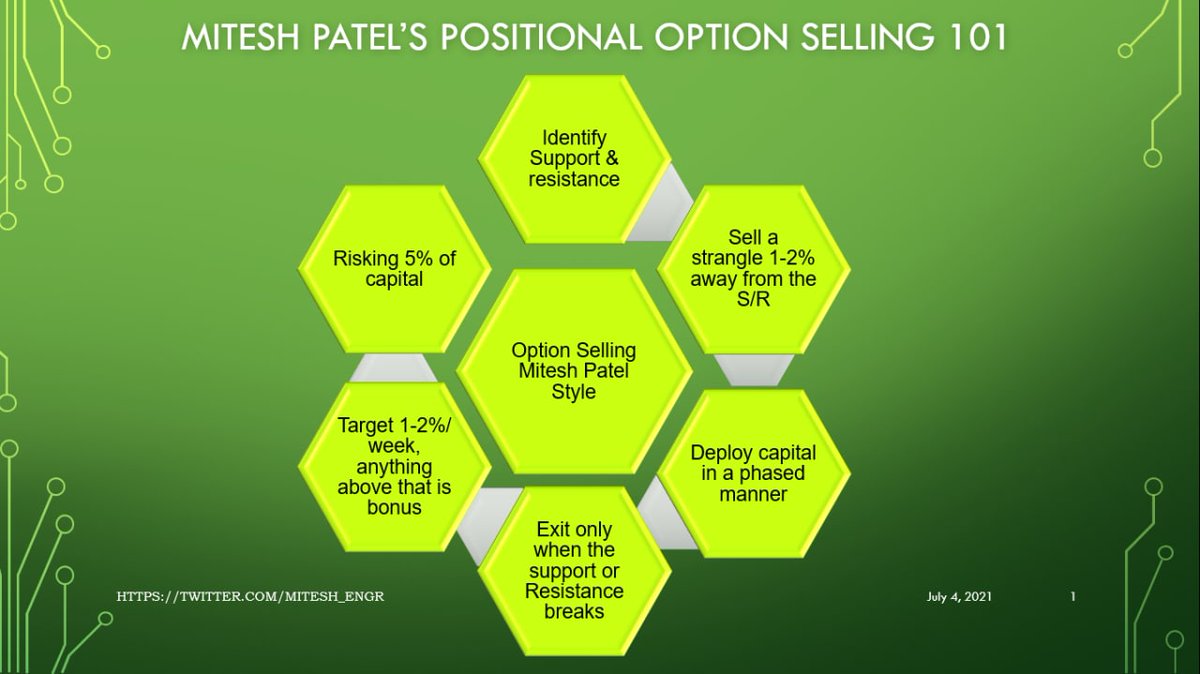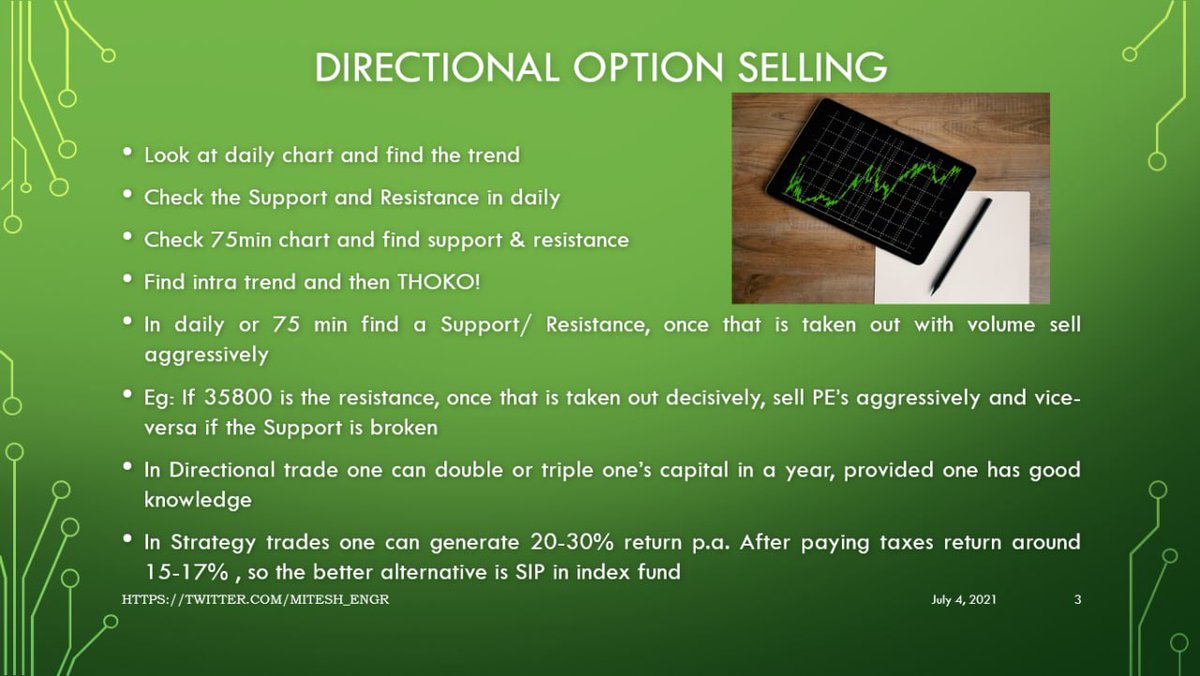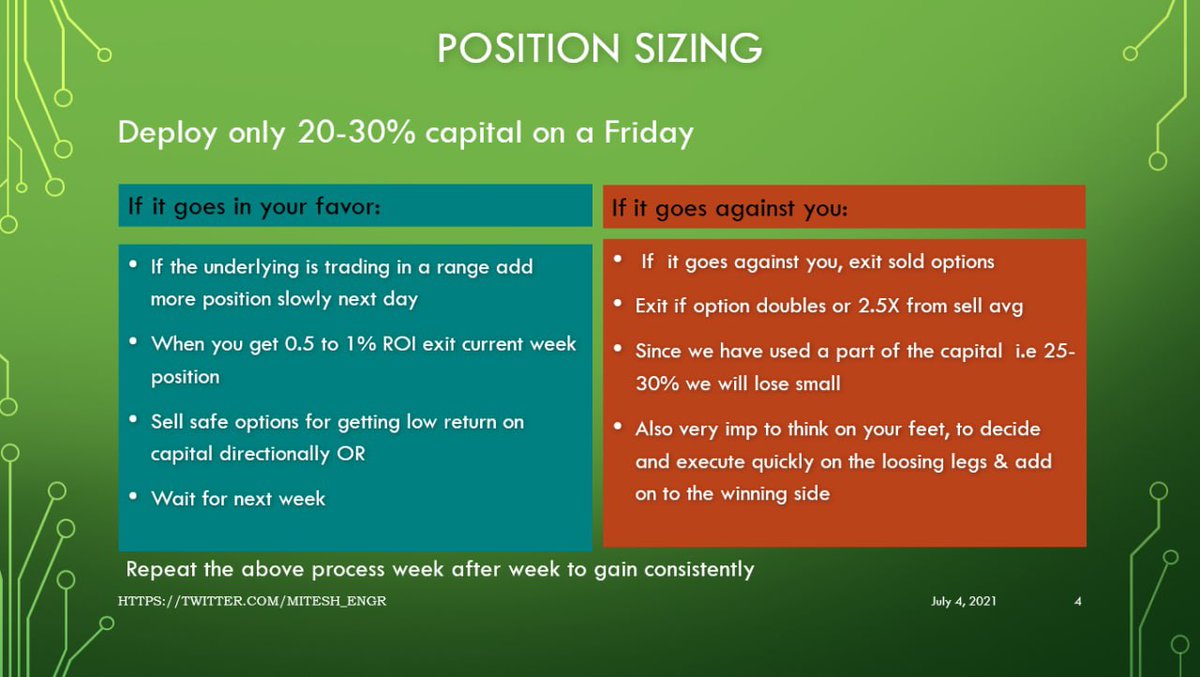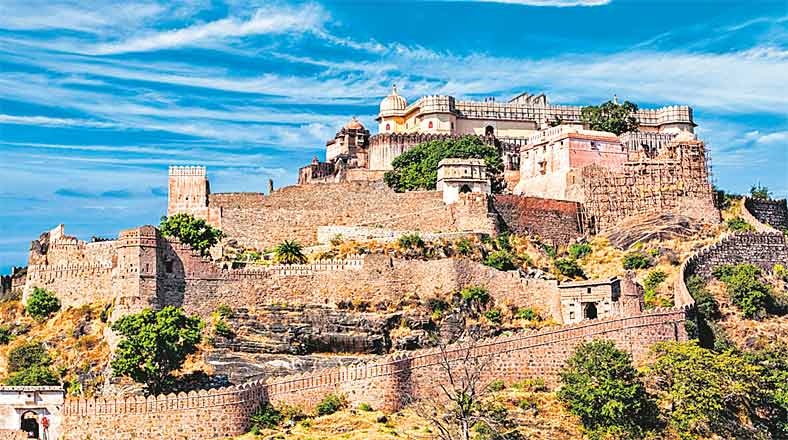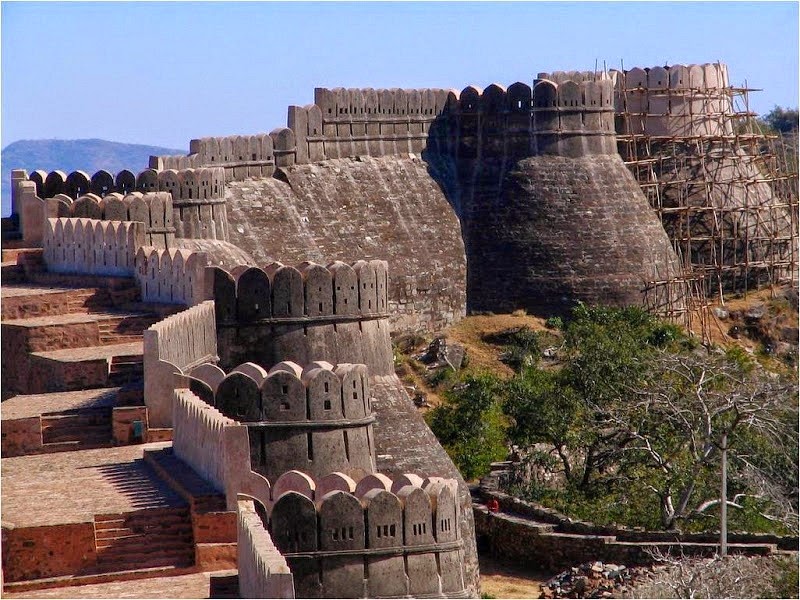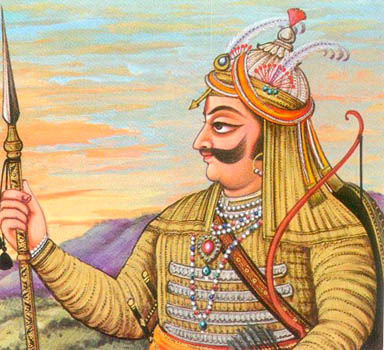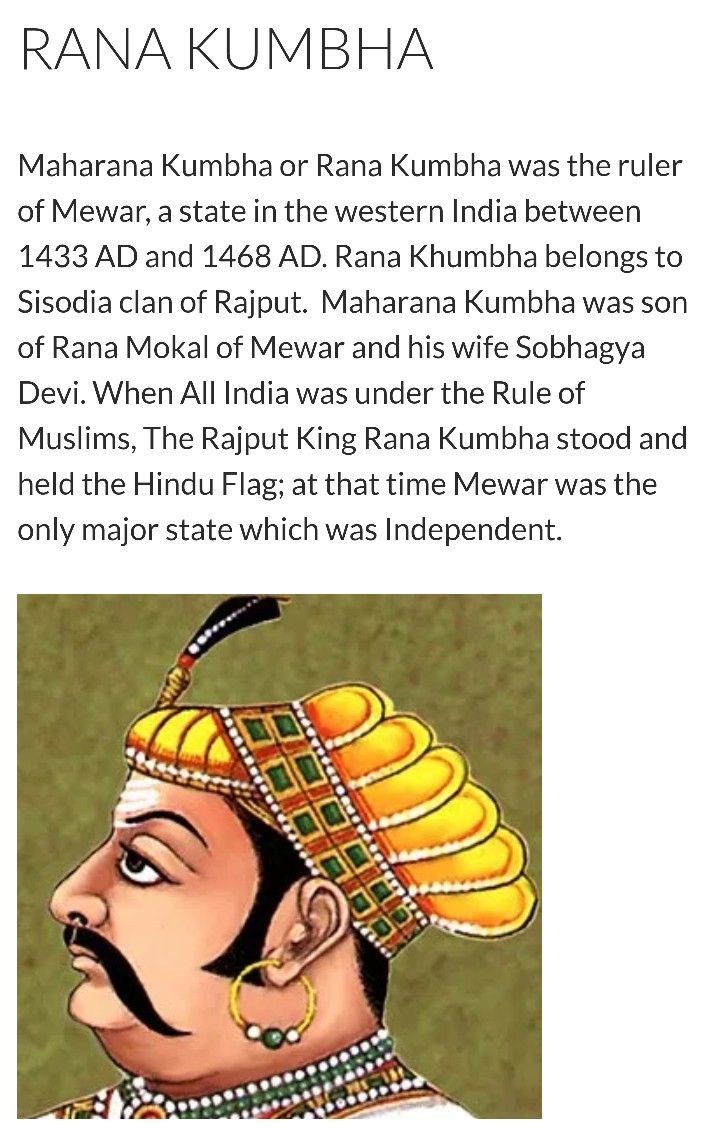
#Thread
Gujars have claimed every living species in this galaxy to be their own, be it Attila Hun or Mihirkula, Parmars, Pratihars, Chauhans, Pulkeshin Chalukya, Shivaji Bhonsle, Bhatis and what not.
It's high time that the verity of their claims needs to be checked.


When Babur first came to India he saw Gujjars coming from the mountains and stealing away the cattle and buffaloes. They looted Indians and foreigners alike.

"they oppressed poor grass cutters and extorted money from them, those who did not pay it were beaten by them".


Some of them are like this: 'Yar Dom re Kina Gujjar, Chura Chura Ghar Kardiya Ujjar' meaning dome made friends with Gujar and he robbed him instead.

'Gujjars of hills are known as Idle, worthless and thieving race, Buffaloes are their only wealth'.
One has to wonder that if these people ruled all over the world based on their martial capabilities what has reduced them to this?

Though the Gujar possesses a constant desire for other people's cattle, he never seems to have had the love of fighting and the character for manly independence. It's amazing that how everyone became martial in 21st century.

"It's a historical fact that Gujars are nomadic tribe and animal husbandry is their traditional business".
The same people boast about ruling entire world.
Shameless!

Raja Bhoj Parmar, Attila Hun, Shivaji Bhosle, Kanishk, Maharana Pratap and the bollocks even call Ravindra Singh Bhati, the current JNVU President as a Gujjar.
Basically, koi bhi famous ho, use baap bana lenge.

1. Hafeez Said
2. Joginder Singh Gujjar, SFJ Khalistani

Even during the British era, the most common consensus was that the epithet Gujjar is derived from 'Gaur and Char' and not from Gurjara region.


Gujar revisionists and RSS has exploited words like Gurjara, Gurjareshwar and Gurjar Naresh beyond imagination. First, Aihole inscription of Pulkeshi II mentions Gurjara as a region.

'Gurjara' denoted geographic area consisting southern Rajasthan & northern Gujarat.

अस्ति स्वस्तिनिधिः श्रीमान् देशो गुर्जरसंज्ञया।
"The country (देशः) by the name #Gurjara (गुर्जर), which is the abode (निधिः) of wealth and auspiciousness."



https://t.co/jgPdMJL3kB
More from India
"Busy Life Daily Puja & Neivedyas"
People would always have several doubts on what to offer bhagwan in their daily puja. For some it will be a million dollar question of how to do an express puja yet a satisfying one.
Upachara - "उपचार"
Refers to the offerings and services made to Bhagwan as part of worship. In shastras there are a count of upachara pujas we do.
पांच उपचार पूजा - 5 Upacharas
षोडशोपचार पूजा - 16 "
चतुःषष्ट्युपचार पूजा - 64 "
Out of these panch is used for daily puja.
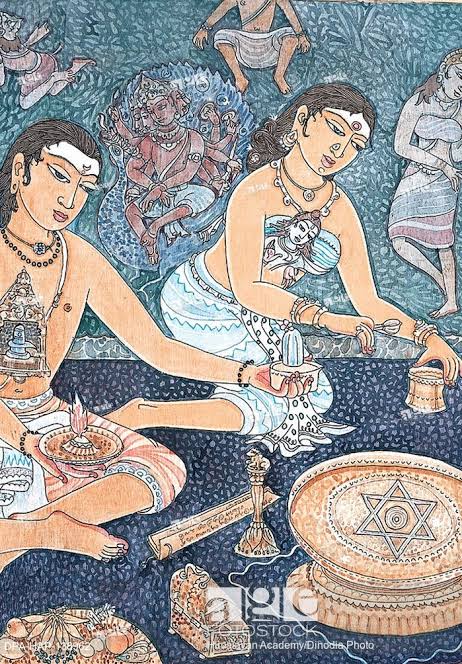
Some use 16 upachras who are well versed with the way of doing it Effortlessly and have abhishekam at home daily. 64 is exclusively for festivals and special vrat. One can choose to do 5 upacharas daily and finish your puja peacefully.
How to start your Puja ?
1. Shudhikaran & Aachaman
2. Bhootashudhi & Pranayam
3. Sankalp
4. Choice of Upachara Puja
5. Aarti
6. Pradakshina
7. Mantra Pushpam
8. Bhoomi Sashtanga/Panchanga Namaskaram
Major pujas steps one should ideally follow
Shudhikaran & Aachaman
After bath and dressing with (washed clothes only) should arrange their requirements for puja.
Take water separately for Aachaman and Puja. Water shouldn't be used from same paatra ideally. Perform Aachaman as per your practice & for beginners - YouTube
People would always have several doubts on what to offer bhagwan in their daily puja. For some it will be a million dollar question of how to do an express puja yet a satisfying one.
Dakshina Neivedyas
— Hindu Media Wiki (@HinduMediaWiki) December 18, 2020
Havishyanna
Commonly called Ven Pongal / Kattu Pongali / Moong Dal Khichdi across states, this dish is very important in puja Niyamas. It holds highest rank in order of preferred Neivedya to Bhagwaan. This dish is considered as Golden Dish, as it looks so. pic.twitter.com/QK43q1Sxz6
Upachara - "उपचार"
Refers to the offerings and services made to Bhagwan as part of worship. In shastras there are a count of upachara pujas we do.
पांच उपचार पूजा - 5 Upacharas
षोडशोपचार पूजा - 16 "
चतुःषष्ट्युपचार पूजा - 64 "
Out of these panch is used for daily puja.

Some use 16 upachras who are well versed with the way of doing it Effortlessly and have abhishekam at home daily. 64 is exclusively for festivals and special vrat. One can choose to do 5 upacharas daily and finish your puja peacefully.
How to start your Puja ?
1. Shudhikaran & Aachaman
2. Bhootashudhi & Pranayam
3. Sankalp
4. Choice of Upachara Puja
5. Aarti
6. Pradakshina
7. Mantra Pushpam
8. Bhoomi Sashtanga/Panchanga Namaskaram
Major pujas steps one should ideally follow
Shudhikaran & Aachaman
After bath and dressing with (washed clothes only) should arrange their requirements for puja.
Take water separately for Aachaman and Puja. Water shouldn't be used from same paatra ideally. Perform Aachaman as per your practice & for beginners - YouTube
You May Also Like
MDZS is laden with buddhist references. As a South Asian person, and history buff, it is so interesting to see how Buddhism, which originated from India, migrated, flourished & changed in the context of China. Here's some research (🙏🏼 @starkjeon for CN insight + citations)
1. LWJ’s sword Bichen ‘is likely an abbreviation for the term 躲避红尘 (duǒ bì hóng chén), which can be translated as such: 躲避: shunning or hiding away from 红尘 (worldly affairs; which is a buddhist teaching.) (https://t.co/zF65W3roJe) (abbrev. TWX)
2. Sandu (三 毒), Jiang Cheng’s sword, refers to the three poisons (triviṣa) in Buddhism; desire (kāma-taṇhā), delusion (bhava-taṇhā) and hatred (vibhava-taṇhā).
These 3 poisons represent the roots of craving (tanha) and are the cause of Dukkha (suffering, pain) and thus result in rebirth.
Interesting that MXTX used this name for one of the characters who suffers, arguably, the worst of these three emotions.
3. The Qian kun purse “乾坤袋 (qián kūn dài) – can be called “Heaven and Earth” Pouch. In Buddhism, Maitreya (मैत्रेय) owns this to store items. It was believed that there was a mythical space inside the bag that could absorb the world.” (TWX)
1. LWJ’s sword Bichen ‘is likely an abbreviation for the term 躲避红尘 (duǒ bì hóng chén), which can be translated as such: 躲避: shunning or hiding away from 红尘 (worldly affairs; which is a buddhist teaching.) (https://t.co/zF65W3roJe) (abbrev. TWX)
2. Sandu (三 毒), Jiang Cheng’s sword, refers to the three poisons (triviṣa) in Buddhism; desire (kāma-taṇhā), delusion (bhava-taṇhā) and hatred (vibhava-taṇhā).
These 3 poisons represent the roots of craving (tanha) and are the cause of Dukkha (suffering, pain) and thus result in rebirth.
Interesting that MXTX used this name for one of the characters who suffers, arguably, the worst of these three emotions.
3. The Qian kun purse “乾坤袋 (qián kūn dài) – can be called “Heaven and Earth” Pouch. In Buddhism, Maitreya (मैत्रेय) owns this to store items. It was believed that there was a mythical space inside the bag that could absorb the world.” (TWX)








